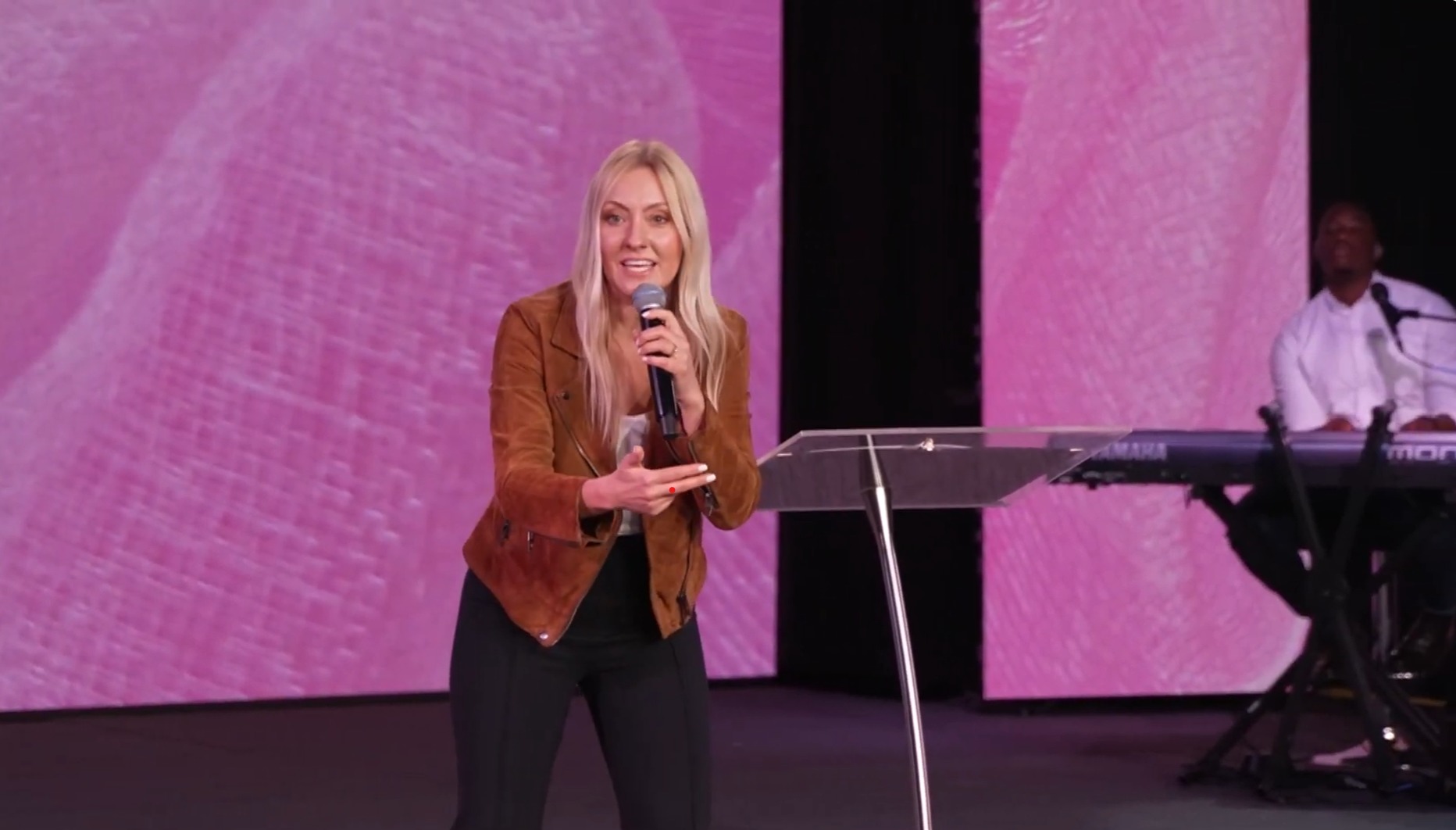0
On January 10th, students at James Madison High School in Brooklyn, New York, were barred from attending school. The day before, Mayor Eric Adams ordered the relocation of nearly 2,000 migrants to their public school from Floyd Bennett Field, a migrant facility, due to anticipated rainstorms and high winds. Students received notice to “go remote” until further notice. The abrupt change occurred with a swift letter from the Principal.
Considering the typical New York winter and the uncertainty of inclement weather, many parents were frustrated that their teens’ education was disrupted. They remembered the lackluster experience of “remote” learning during the Covid era. Health care professionals also expressed concern about students returning to a closed building after 2,000 migrants, without up-to-date healthcare, entered a space where youth spend 6-8 hours a day in close quarters, especially during the peak of cold and flu season. Politicians were divided on whether the move made sense or was a travesty for U.S. citizens.
Brooklyn is located in a Sanctuary State. Currently, there are 12 U.S. Sanctuary States, 44 U.S. Sanctuary Cities, and 137 U.S. Sanctuary Counties. These regions serve as “safe havens” to prevent the deportation of migrants, with over 2.4 million overflow migrants during the 2023 fiscal year directed to these locations.
The concept of Sanctuary Cities is not new, but its purpose has been distorted. Sanctuary Cities existed thousands of years ago, as seen in the Book of Numbers, designating six cities as places of refuge for accidental manslaughter perpetrators. Today, the term is “supposed” to refer to the 1980s protests against federal immigration policies denying asylum to refugees from El Salvador and Guatemala.
However, the gracious intentions of Sanctuary Cities have been manipulated to influence politics and have unintended detrimental effects on U.S. citizens, as seen with James Madison High School students. Originally intended to rectify accidents, Sanctuary City ordinances now expressly forbid city or law enforcement officials from inquiring into individuals’ immigration status.
Politicians advocating stricter immigration law enforcement see Sanctuary Cities as liberal policies protecting those not legally in the United States. Supporters argue that disrupting communities through deportations causes harm to citizens and non-citizens alike. Recent events, such as students forced into remote learning to accommodate migrants, highlight these tensions.
Crime, homelessness, sex trafficking, rape, murder, drug smuggling, and sickness have increased significantly in U.S. Sanctuary Cities in recent years. Granting mass parole to millions of migrants, allowing them to remain illegally by seeking sanctuary, exacerbates the impact on society. Two-thirds of arrests involve non-citizens permitted to enter the U.S. and Sanctuary Cities by the Biden Administration.
New Yorkers currently contribute approximately $20 million a month in taxes towards the immigration crisis. In essence, hardworking Brooklyn residents are funding the displacement of their students. When asked about the situation in New York, the current administration, through White House Press Secretary Karine Jean-Pierre, shifted responsibility to “something that New York City needs to answer to,” absolving themselves of accountability.
Brittany Stewart, an accomplished writer and educator, draws inspiration from her 23-year marriage and upbringing near Lake Tahoe in Verdi, Nevada, now residing in Tucson, Arizona. With her Bachelor’s degree in Education, emphasizing Native American Literature and Journalism, Brittany is a multifaceted professional who is also a Licensed Massage Therapist. She is deeply involved in Tucson’s homeschooling community, leading a homeschool group, teaching dance, and offering art classes. She and her family have a homestead in Southern Arizona, where her husband hunts and she tends to the garden, emphasizing the importance of God and family in her life while continually seeking adventure through her travels.




























![[Video] More – Aghogho » GospelHotspot](https://gospelhotspot.net/wp-content/uploads/2024/04/More-Aghogho.jpeg)
















